#mechanical engineering
Text

Escalator
#escalator#wikipedia#wikipedia pictures#mechanics#gears#drive gears#engineering#mechanical engineering#mechanical
3K notes
·
View notes
Text
The Federal Aviation Administration receives thousands of complaints every year about the characteristic loud buzzing produced as drone propellers slice through the air. That noise is an issue in other countries, too: Canada and England, for instance, report a sharp uptick in similar complaints over the last several years.
Experts believe noise pollution caused by these unmanned aerial vehicles will only worsen as they are increasingly used for package delivery, photography, emergency response, and more.
Continue Reading.
76 notes
·
View notes
Text
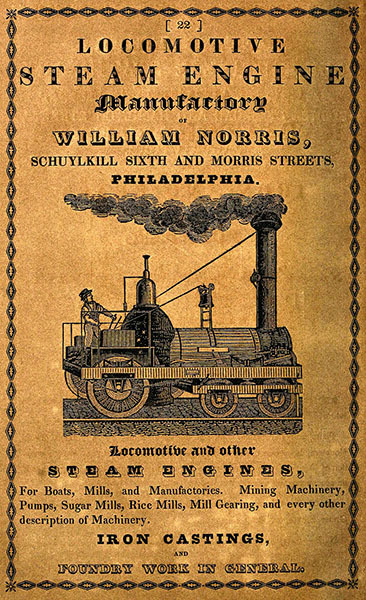

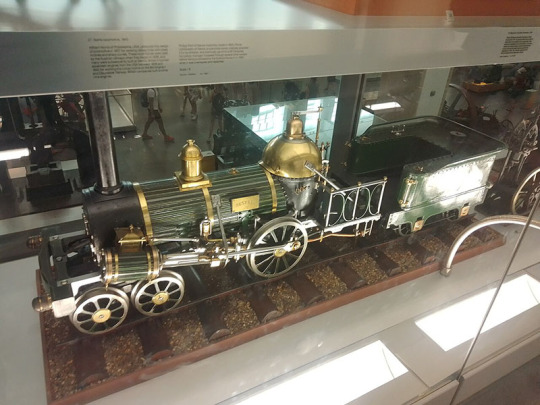


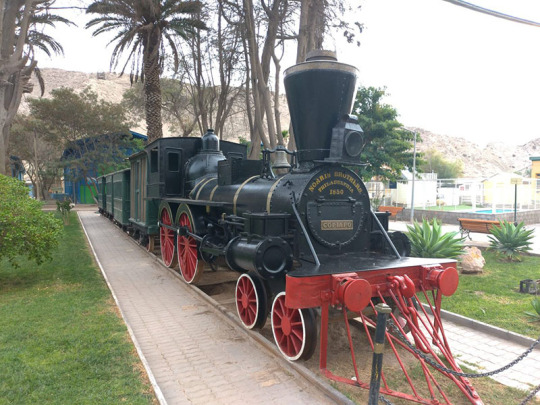
William Norris – Scientist of the Day
William Norris, an American locomotive manufacturer, died on Jan. 5, 1867, at the age of 64.
read more...
#William Norris#mechanical engineering#locomotives#railroads#histsci#histSTM#19th century#history of science#Ashworth#Scientist of the Day
57 notes
·
View notes
Text


Beggining my 100 days of productivity.
Day 1: knocking off assignments today
#studyblr#study#study aesthetic#study hard#study motivation#study blog#engineering#mechanical engineering#mech eng#workspace#work#library#art#studystudystudy#studying#mathematics#calculus
371 notes
·
View notes
Text


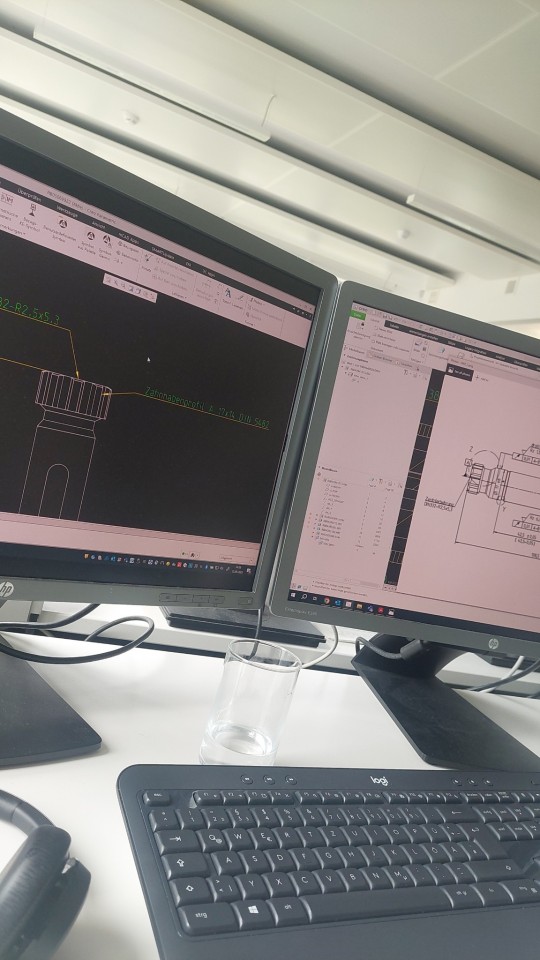

Happy International Women in Engineering Day to me and all my fellow engineering colleagues out there💓😌
One month left until my exams. I already know that this will be a stressful period as I will still have to work in my internship company and drive back to my hometown to take my exams.
Luckily, this semester, I am only registered for five exams, and most of them are not really complicated or have a huge amount of contens I have to study.
Also, I think this is the first time I post a picture of myself? So this is kind of a face reveal.
For all new people on my blog:
Hey, you can call me Coco (from cocoa). I am 21 years old and a mechanical engineering student from Germany. In the future, I would like to work in the motorsport industry as a race or performance engineer.
Welcome to my studyblr. Make yourself cozy and let's have a good time🩷
#mechanical engineering#studyblr#engineering academic#stem academia#study inspo#study inspiration#studygram#studying#studyspo#international women in engineering day#inwed#inwed23
58 notes
·
View notes
Text
Powder Metallurgy applications
PM is widely used to produce critical engine components such as connecting rods, camshafts, and gears. The process allows for the creation of intricate shapes and the incorporation of alloying elements to enhance performance.
PM is employed in manufacturing transmission parts like synchronizer hubs and gears. The high precision achievable with PM ensures the production of components with minimal post-processing.
Powder Metallurgy is utilized to fabricate structural components of aircraft, including brackets, fasteners, and various lightweight parts. The high strength-to-weight ratio achievable with PM is advantageous in aerospace applications.
PM is ideal for manufacturing components used in satellites, where weight reduction is crucial. It ensures the production of lightweight yet robust parts, contributing to overall fuel efficiency.
Read more:
#materials science#science#engineering#materials#materials science and engineering#metals#alloys#mechanical#powder#powder metallurgy#mechanical design#mechanical engineering#aerospace
10 notes
·
View notes
Text
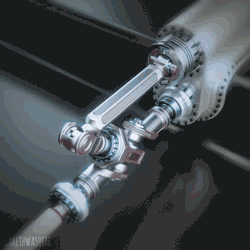
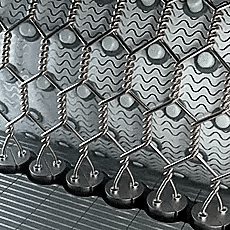

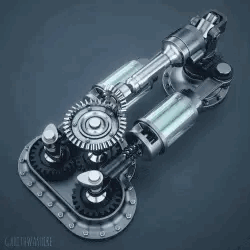

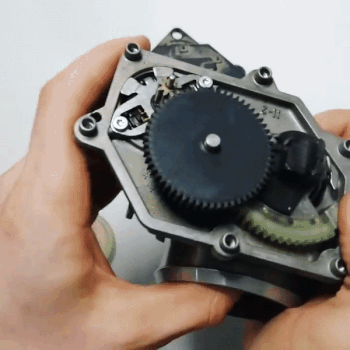



·˚₊· ͟͟͞͞꒰➳ riddlerbots stimboard .ೃ࿐
stimboard based on riddlerbots and mechanical engineering for anon!!
♡ ♡ ♡ | ♡ ♡ ♡ | ♡ ♡ ♡
#stimboard#character stimboard#stimboards#stims#riddlerbots#the riddler#riddler#batman#batman arkham games#batman arkham knight#mechanical engineering#machine#mechanical stim#silver stim#blue stim#robots#robot stim#machine stim#aesthetic#aesthetic stim#stimblr#requested#chaosstims#┊#hands tw
352 notes
·
View notes
Text

14.08.23
Hey guys, today I got to visit our aerospace hanger in our campus. Although it's not my department, yet as a student we can visit and go around. And today I had my first class, it was okay okay, not something worth mentioning.
My classmate is so good though, as a fish lover here I didn't get any of it so she got me one yesterday from her home as she is a day scholar. :') Sometimes I wish I was really at my hometown, surrounded everyone I knew. But then again most of us have left their hometown to study, and so did I.
After my classes I went directly to the library, to study. It was a little crowded in the afternoon but later the crowd cleared up. Quickly finishing up with library, I headed towards my hostel too tired.
#mechanicaldesign#engineering studyblr#engineering#engineering student#studyblr#study blog#my journal#journal#aerospace#mechanical engineering#aerospace engineering#laboratory
24 notes
·
View notes
Text
Sonic Showers
So I’ve been watching Lower Decks recently and this scene reminded me of sonic showers.

Basically they use ultrasonic waves to blast the grime, sweat, dead skin, etc, from bodies thereby conserving water. This is important on a spaceship, even ones that can magically make food and other inert materials out of energy.
Unfortunately they are complete fiction. Not really a way for sounds waves to blast stuff off your skin unless they are also removing your flesh.
But apparently NASA was working on a hydro-sonic shower in the 70s. The concept was to use jets to apply a film of water over the user and apply the ultrasonic waves. This would have used the sonic waves to agitate the water and soap to remove dirt and grime. The benefits of this would have been reduced water consumption as it would replace the agitation by running water that is used in regular showers.
Unfortunately #2 is that the only reference I can find of this is in a star trek forum post from 2005. If anyone has any info on if this actually existed I would be very grateful.
I have found some patents from the late 90s-early 00s for an ultrasonic shower device but that is the most I can find for any attempts at an ultrasonic cleansing device aimed at humans.
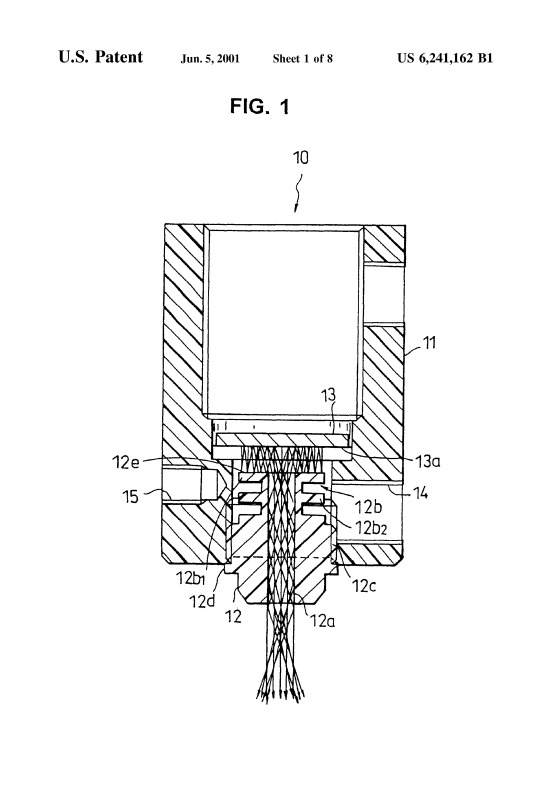
I guess in the meantime I’m gonna get some ultrasonic transducers to mess around with and see if I can get a handheld ultrasonic shower/hose thing to work as a proof of concept.
#star trek#engineering#space#nasa#science#sci fi#space history#build#mechanical engineering#lower decks
107 notes
·
View notes
Text
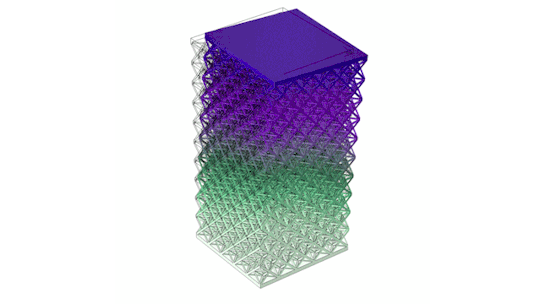
Metamaterials are products of engineering wizardry. They are made from everyday polymers, ceramics, and metals. And when constructed precisely at the microscale, in intricate architectures, these ordinary materials can take on extraordinary properties.
With the help of computer simulations, engineers can play with any combination of microstructures to see how certain materials can transform, for instance, into sound-focusing acoustic lenses or lightweight, bulletproof films.
But simulations can only take a design so far. To know for sure whether a metamaterial will stand up to expectation, physically testing them is a must. But there’s been no reliable way to push and pull on metamaterials at the microscale, and to know how they will respond, without contacting and physically damaging the structures in the process.
Now, a new laser-based technique offers a safe and fast solution that could speed up the discovery of promising metamaterials for real-world applications.
The technique, developed by MIT engineers, probes metamaterials with a system of two lasers — one to quickly zap a structure and the other to measure the ways in which it vibrates in response, much like striking a bell with a mallet and recording its reverb. In contrast to a mallet, the lasers make no physical contact. Yet they can produce vibrations throughout a metamaterial’s tiny beams and struts, as if the structure were being physically struck, stretched, or sheared.
The engineers can then use the resulting vibrations to calculate various dynamic properties of the material, such as how it would respond to impacts and how it would absorb or scatter sound. With an ultrafast laser pulse, they can excite and measure hundreds of miniature structures within minutes. The new technique offers a safe, reliable, and high-throughput way to dynamically characterize microscale metamaterials, for the first time.
“We need to find quicker ways of testing, optimizing, and tweaking these materials,” says Carlos Portela, the Brit and Alex d’Arbeloff Career Development Professor in Mechanical Engineering at MIT. “With this approach, we can accelerate the discovery of optimal materials, depending on the properties you want.”
Portela and his colleagues detail their new system, which they’ve named LIRAS (for laser-induced resonant acoustic spectroscopy) in a paper appearing today in Nature. His MIT co-authors include first author Yun Kai, Somayajulu Dhulipala, Rachel Sun, Jet Lem, and Thomas Pezeril, along with Washington DeLima at the U.S. Department of Energy’s Kansas City National Security Campus.
Keep reading.
Make sure to follow us on Tumblr!
13 notes
·
View notes
Text

Escalator
#escalator#wikipedia#wikipedia pictures#umeda#osaka#japan#hankyū railway#public transportation#public transport#public transport system#public transit#transportation#railway station#railway#station#asia#mechanical engineering#mechanicalengineering#engineering
65 notes
·
View notes
Text
A Leeds researcher is keen to help beekeepers shape their practices following his study which appears to disprove the widespread belief that honeybees naturally insulate their colonies against the cold. His findings suggest that the creatures are potentially being subjected to thermally-induced stress.
University of Leeds Ph.D. student Derek Mitchell is calling for further debate on the ethical treatment of insects, saying his research appears to contradict the widely accepted theory that the bees' reaction to cold temperatures is to form layers of insulation—an idea that has led to them being housed in hives that are extremely poorly insulated compared to their natural habitat.
The study, which is published in the Journal of the Royal Society Interface, looks at honeybee "clusters"—where the insects huddle together, forming dense disks between the combs, to try to keep some of them above 18°C when the outside temperature drops. For almost 120 years, the outer layer of honeybees in the winter cluster—known as the mantle—has been said to insulate the cluster core—the honeybees at the center.
Continue Reading.
96 notes
·
View notes
Text




Theo Jansen – Scientist of the Day
Theo Jansen, a Dutch artist, sculptor, and engineer, was born Mar. 14, 1948, in Scheveningen, in the Netherlands.
read more...
#Theo Jansen#kinetic art#strandbeest#mechanical engineering#histsci#histSTM#20th century#21st century#history of science#Ashworth#Scientist of the Day
27 notes
·
View notes
Text
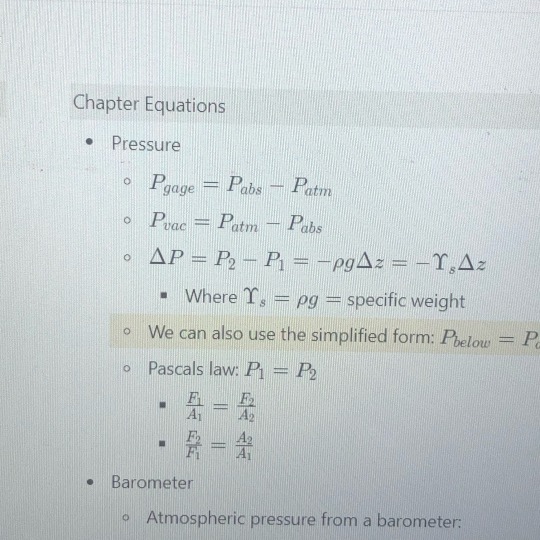

Todays thinmgiems :3 (some thermodynamics equations I’m showing off)
#engineering#mechanical engineering#study#study aesthetic#study blog#study hard#studyblr#studystudystudy#library#mathematics
41 notes
·
View notes
Text
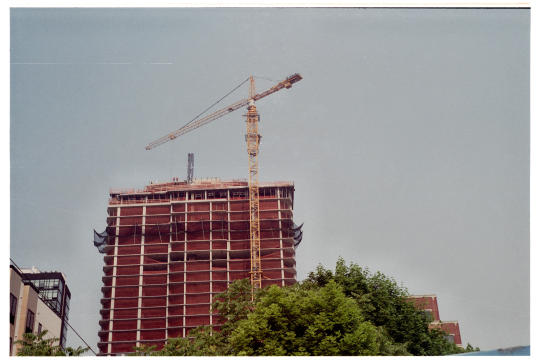
construction - jsq, jersey city - yashica MG-1 & color 400 speed film - developed at eliz digital & scanned w/ minolta dimage dual iii
#film#film photography#35mm#35mm photography#35mm color photography#construction#industry#engineering#mechanical engineering#cityscape#buildings#city aesthetic#city street#city skyline#grunge#grunge aesthetic#construction workers#photography#city#urban photography#urban landscape#new jersey
15 notes
·
View notes
Text


The feeling when you solve four exercises in a row without a mistake >>
#applied physics#physics#mechanical engineering#studyblr#engineering academic#stem academia#study inspo#study inspiration#studygram#studying#studyspo#stem#stem studyblr
61 notes
·
View notes